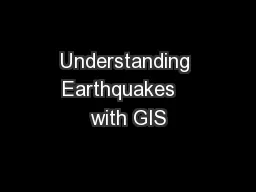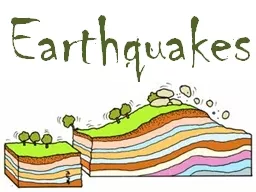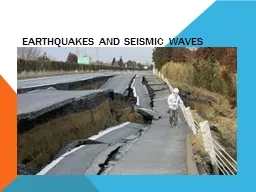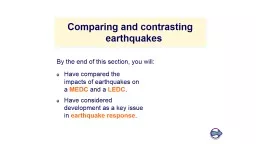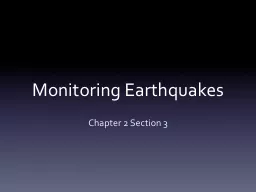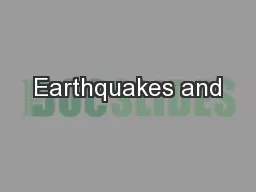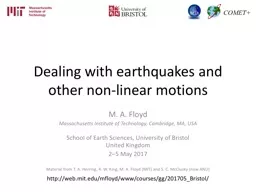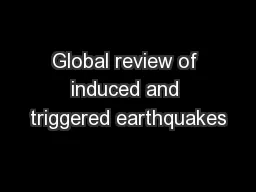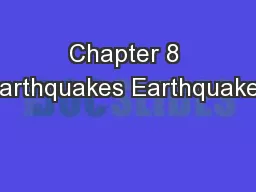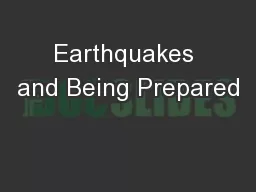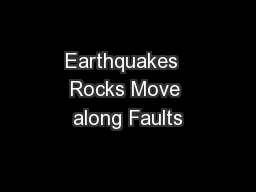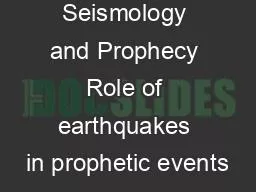PPT-Understanding Earthquakes with GIS
Author : trish-goza | Published Date : 2018-03-23
William Mackaness Carol Blackwood Charlotte Graves Institute of Geography School of GeoSciences University of Edinburgh Drummond St Edinburgh EH8 9XP williammackanessedacuk
Presentation Embed Code
Download Presentation
Download Presentation The PPT/PDF document "Understanding Earthquakes with GIS" is the property of its rightful owner. Permission is granted to download and print the materials on this website for personal, non-commercial use only, and to display it on your personal computer provided you do not modify the materials and that you retain all copyright notices contained in the materials. By downloading content from our website, you accept the terms of this agreement.
Understanding Earthquakes with GIS: Transcript
Download Rules Of Document
"Understanding Earthquakes with GIS"The content belongs to its owner. You may download and print it for personal use, without modification, and keep all copyright notices. By downloading, you agree to these terms.
Related Documents

